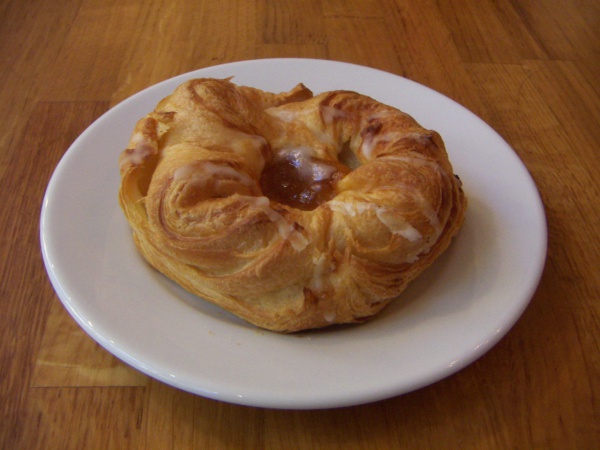Facts About Danish pastry
A Danish pastry, often simply called a Danish, is a delightful sweet treat celebrated for its flaky, layered texture. This pastry belongs to the viennoiserie family, which also includes croissants. The story of the Danish pastry begins with Austrian bakers who introduced it to Denmark, where it evolved into a cherished local specialty.
So, what makes a Danish pastry so special? It all starts with a yeast-leavened dough made from wheat flour, milk, eggs, sugar, and a generous amount of butter or margarine. This dough is rolled out thin, layered with butter, and folded multiple times to create 27 layers. The result is a crispy, buttery pastry that's simply irresistible.
Danish pastries have spread around the world, thanks to immigrants who carried their baking traditions with them. In the United States, you'll often find Danishes topped with fruit or cream cheese. These toppings are added before baking, giving the pastries a deliciously sweet finish.
In Denmark, as well as in Norway and Sweden, these pastries are called "wienerbrød" which translates to "Viennese bread." The Finnish call them "viineri." The name reflects the pastry's origins, dating back to a strike among Danish bakery workers in 1850. To fill the gap left by the striking workers, Danish bakers brought in Austrian bakers, who introduced their lamination techniques and recipes. Today, Danish pastries come in various shapes and are often filled with jam, marzipan, or custard.
Different countries have their own takes on the Danish pastry, with unique fillings and toppings. In the U.S., for example, fruit and sweetened cream cheese are popular choices. A key figure in popularizing Danish pastries in America was Lauritz C. Klitteng, a Danish immigrant who promoted these delicious treats in the early 20th century.
Interestingly, Danish pastries even played a small role in international politics. During the Jyllands-Posten Muhammad cartoons controversy in 2006, there was an attempt in Iran to rename Danish pastries to "Roses of the Prophet Muhammad" due to their association with Denmark. However, this name change was short-lived and saw mixed compliance in bakeries.

 Norway
Norway